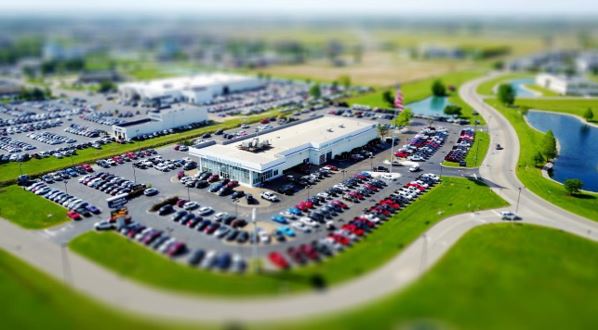
The COVID-19 pandemic permanently changed ordinary life. Many went from working in an office to working at home. Others stopped flying by plane and made road trips by car instead. In some way or another, the pandemic affected nearly everyone.
The same is true for car dealerships. They’ve had to adapt to a new car market. Here are some of the top changes affecting car dealerships today:
Customer communication moves online
Digital communication is replacing face-to-face communication everywhere. Just think about the last time you spoke to a customer support agent in person. Chances are you did it over email, chat, or maybe phone.
And the same is going on with car dealerships. From the initial consultation to the final negotiation, much of customer communication is happening online instead of in person.
According to Tiger Okeley at car dealership Oak Motors, “Our customers have become much more comfortable doing their research online because Covid made shopping for anything in person much riskier. As a result, the average amount of time our salespeople spend per sale has gone way down compared to before Covid.”
In fact, some car dealerships have outsourced frequently asked questions (FAQs) to chat bots. This saves the car dealership time and allows customers to get answers quickly and conveniently.
The modern car salesperson
The shift to online customer communication has also brought about a new kind of car salesperson. Whereas many car salespeople rely on a hard sell approach to sell as many cars as possible (and thereby earn more in commissions), this strategy doesn’t work as well in the new car market.
Why? Because consumers have grown accustomed to doing their shopping online. Many do their own research at home and only reach out to a business to make the actual purchase or when they need help.
As a result, modern car salespeople must take a gentler approach. Instead of scaring people off by being too pushy, they must focus more on educating customers and helping them navigate the car buying process. It’s less about sales and more about the customer.
And since much of the car buying process can be done online, sales professionals don’t need to physically be at the dealership as much. Instead, they can work from home by communicating with customers online and then come into the office for the final sale.
At-home test drives and vehicle delivery
Many car dealerships are also now offering the ability to test drive cars at home. It’s just another way to make the car shopping experience easier on the customer. Instead of test driving with a salesperson in the passenger seat, people can solo test drive in a low-pressure environment. Some dealerships even offer to drop off the vehicle at your door and pick it up again after 48 hours.
Similarly, when a car sale is finalized, you may be able to get your new car delivered instead of needing to pick it up at the dealership. This is a major change that started when COVID-19 normalized contactless delivery.
Lower car inventory and higher prices
Another change brought on by the pandemic are increased vehicle prices. After the pandemic caused a series of supply chain issues, there was a vehicle shortage that forced dealerships to raise new and used car prices, due to the increased costs of acquiring new vehicles and repairing used ones prior to sale.
Many dealerships now have smaller inventories as a result. Maintaining smaller inventories is also more feasible now that fewer people are coming in to look at cars in person. Dealerships don’t need to have a large fleet of cars on display when most people shop online anyway. They can keep just enough inventory on hand to fulfill orders. And if they run low on stock, they can give customers the option to pre-order, which brings us to our next point…
The rise of vehicle pre-ordering
Pre-ordering allows people to reserve the car they want to buy even if it isn’t currently unavailable.
This isn’t exactly a new idea. Direct-to-consumer car makers like Tesla have been offering this for years. But it wasn’t until the vehicle shortage caused by the pandemic that pre-ordering became a widespread feature of many car dealerships.
Now, according to a study conducted by Cars.com, some 41% of recent car shoppers plan to pre-order their next vehicle through a local dealer, and of the 16% of study respondents who recently did pre-order their car, 98% said they had a good experience and would do it again.
Adjusting to a new normal
Car dealerships will never be the same. Sure, some parts of the business haven’t changed, but it’s clear that many aspects already have.
To keep up with the times, car dealerships must adjust to a new normal that includes online communication, at-home test drives and vehicle delivery, pre-ordering options, and more.
These changes are driven by new technology and changing consumer expectations, so if car dealerships value putting the customer first, this is the way to go.
You may be interested in: Electric Vehicle Sales are Expected to Triple by 2025

